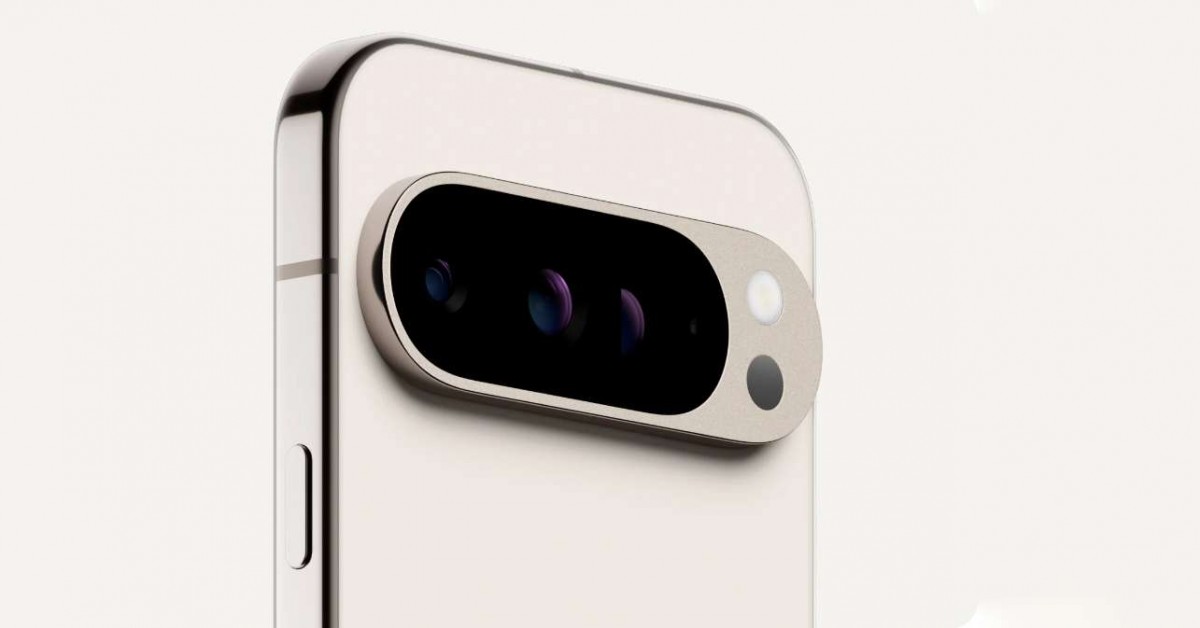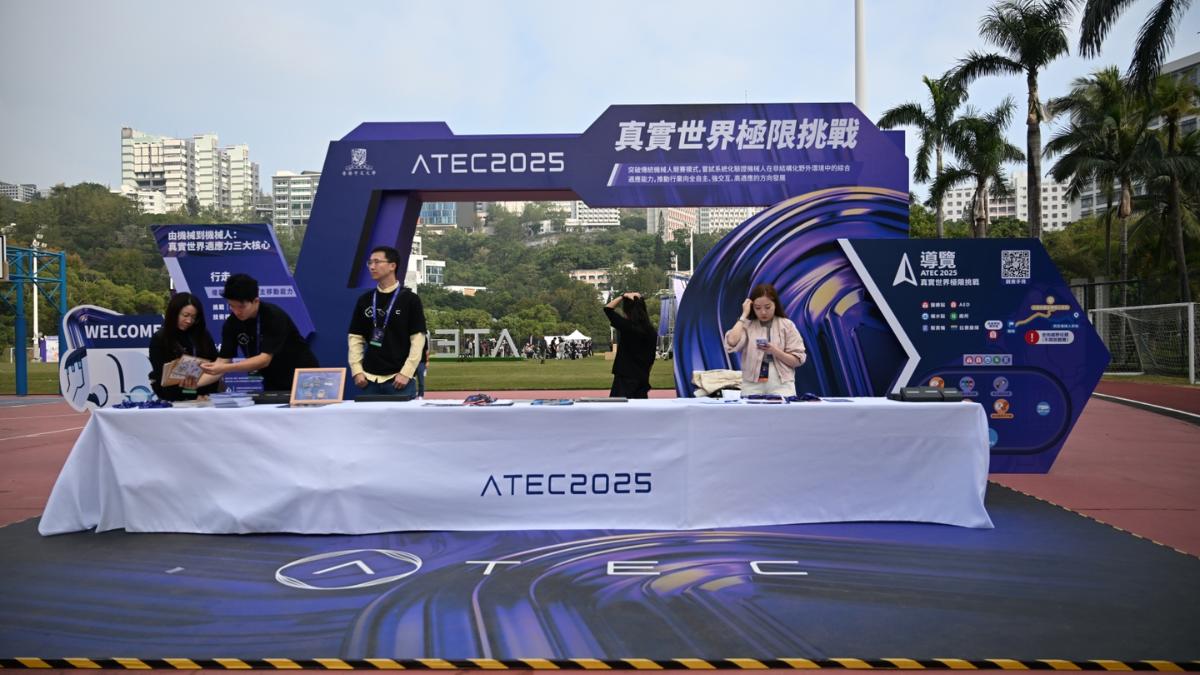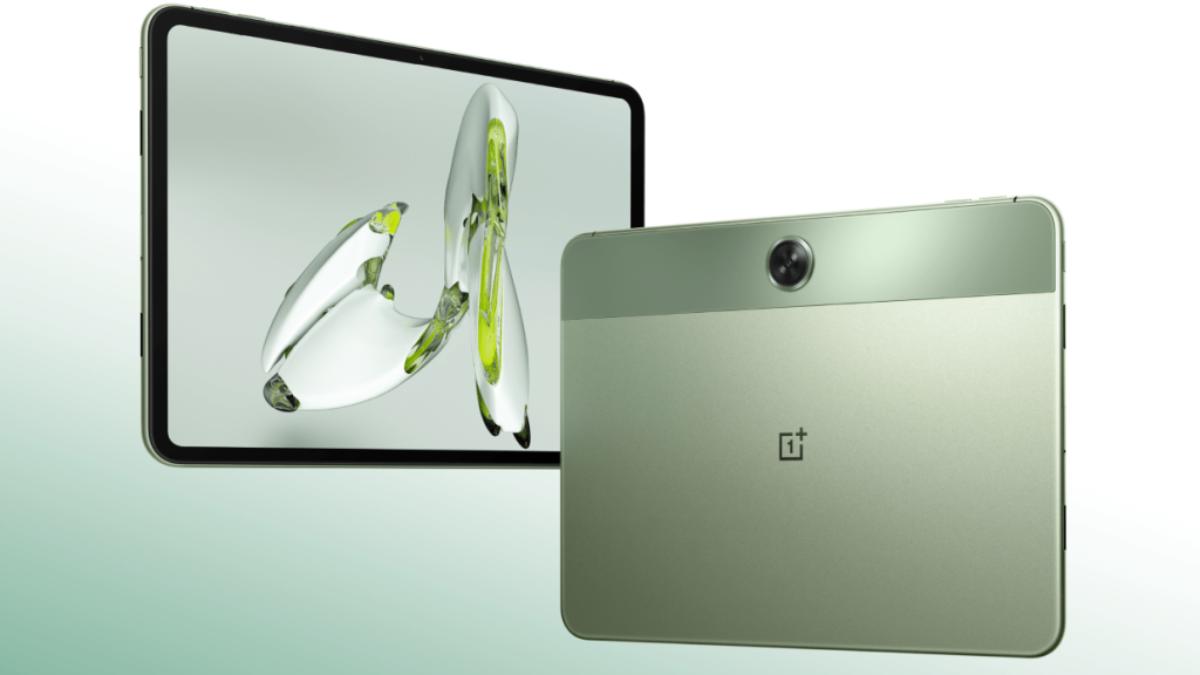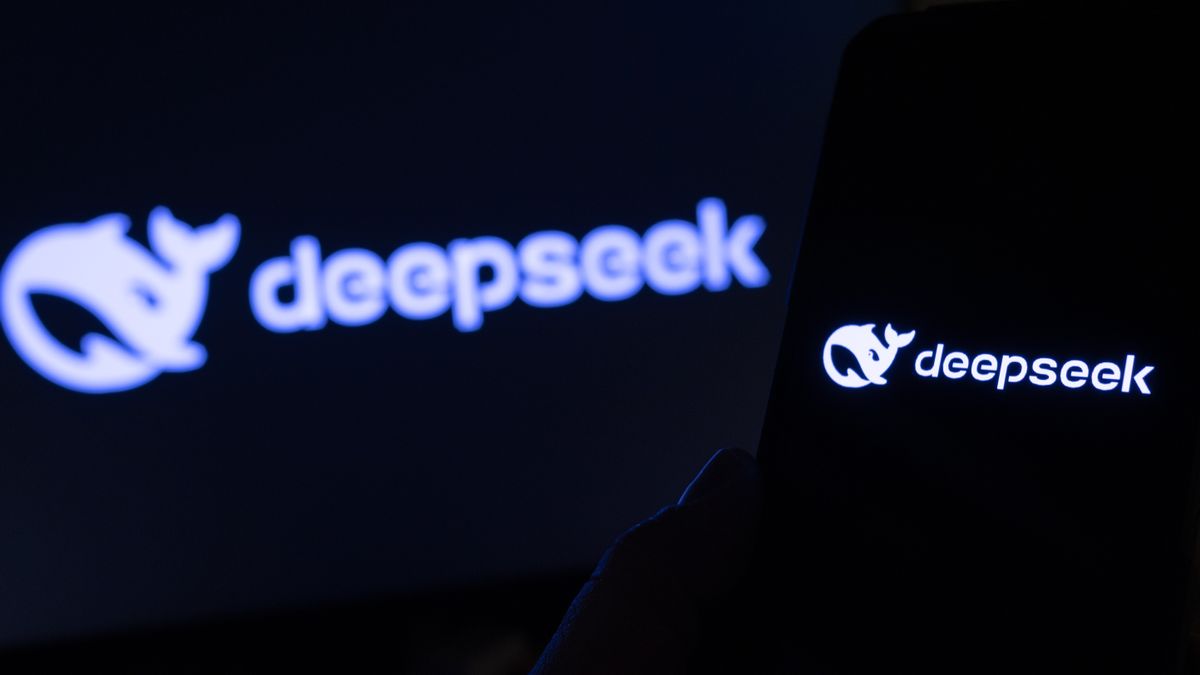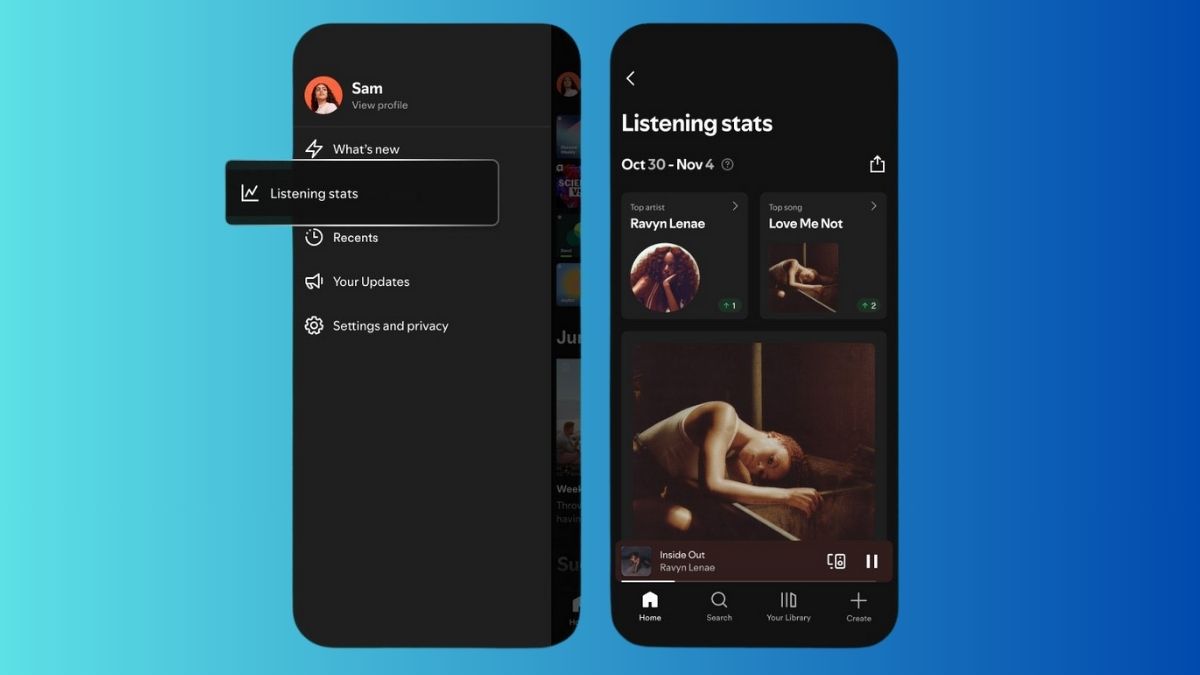Starting June 20, 2025, the European Union’s new Energy Labelling and Ecodesign Regulation will officially go into effect, reshaping how smartphones and tablets are built, updated, and supported in the region.
Under these rules, device manufacturers will be required to provide software updates for at least 5 years after the last unit of a product model is sold in the EU — a major shift from the current practice where most brands count update cycles from the launch date.
This means companies like Samsung, Google, Xiaomi, and Honor may need to rethink or extend their update strategies or risk pulling devices from shelves earlier than planned.
What’s changing:
- Minimum of 5 years of OS updates from the end of sales (not from launch)
- Spare parts must be available for up to 7 years
- Batteries must retain 80% capacity after 800 full cycles
- Devices must withstand drops, scratches, dust, and water
- Faster spare parts delivery (within 5–10 working days)
- Repair software and firmware must be accessible to professionals
- Energy labels must display efficiency (A–G rating), battery life, protection levels, and repairability score
This regulation doesn’t apply to phones already on the market but will impact all new phones and tablets released after June 20.
Notably, Xiaomi and Honor could face serious pressure, as they currently max out at five years of support from launch — not meeting the new EU timeline.
The EU believes these efforts will not only prolong device lifespans but also lead to massive energy savings — nearly 14 terawatt-hours annually by 2030.



